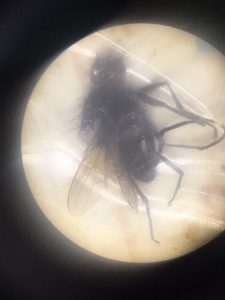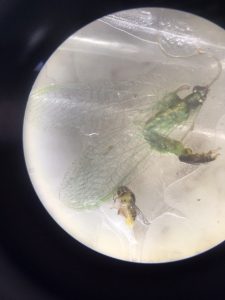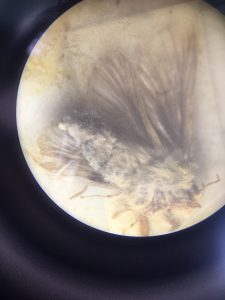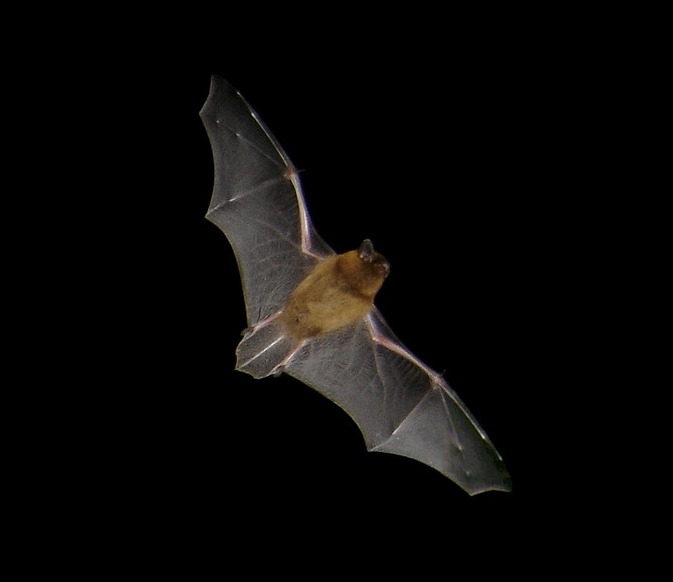
If you’re taking an evening stroll during the warm summer months and see a glimpse of an erratic yet agile bundle of brown fur whizz past you then chances are you’ve encountered a common pipistrelle (Pipistrellus pipistrellus). Notably the commonest and most widespread of all 17 resident British bat species, pipistrelles are amongst the smallest mammals in Britain, with some weighing the same as a 20p coin.
It was not until the late 90s that pipistrelles were recognised as two separate species, owing to differences in the frequency of their calls and both species have been recorded on our sites. As the name suggests, the common pipistrelle holds a widespread population of around 1,280,000, whereas the soprano pipistrelle (Pipistrellus pygmaeus) retains a stable population of around 720,000. Although similar in appearance, soprano pipistrelles often occupy wetland habitats and tend to avoid grassland and agricultural areas, unlike their close counterpart. It therefore came as a nice surprise for the AgriBats team to discover that sopranos might well be making use of the studied AES habitats as potential foraging sites.
A third species of pipistrelle, the migratory Nathusius pipistrelle (Pipistrellus nathusii) has been recorded in some parts of the British Isles, but records are sparse and no recordings have been made on any of our sites… yet. They are similar in appearance to the common and soprano species but are slightly larger, weighing between 6-16g as opposed to 3-8g.
Habitat
The common pipistrelle is highly versatile regarding habitat preference for both roosting and feeding, whereas soprano pipistrelles appear to be selective in their preference of habitat use. Tree crevices make up natural roosting habitats but the common pipistrelle species largely relies on artificial habitats that humans create around them. These include behind hanging tiles and between roofing felt or in cavity walls. Bat boxes are often occupied by both species too.
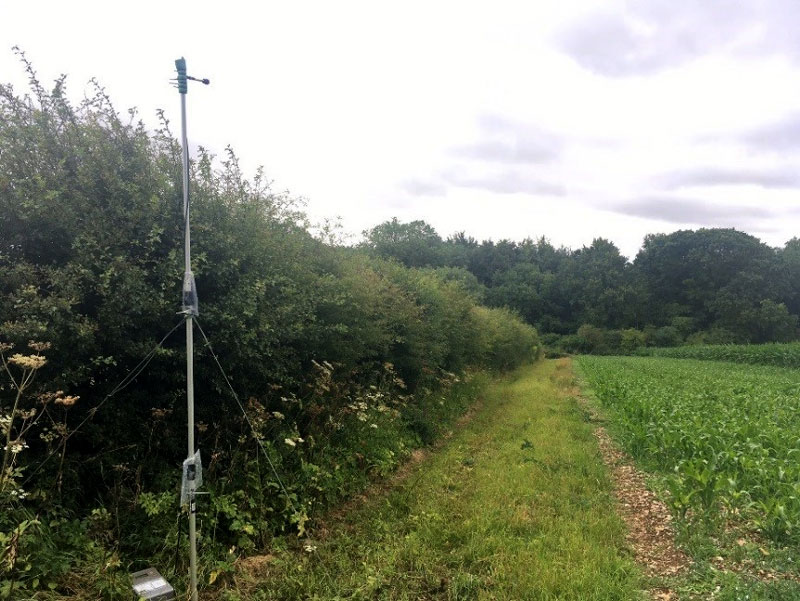
Feeding habitats vary and comprise of woodland, hedgerows, grassland, farmland and urban environments. Soprano pipistrelles prefer to feed in wetland habitats but are known to forage around woodland edges and tree lines. Both species tend to emerge from their roost around 20 minutes after sunset and will carry out ‘aerial hawking’ – a term used to describe their foraging behaviour of flying 2-10m above ground level searching for their insect prey, which they catch and consume on the wing.
Foraging and diet
Whilst foraging, common pipistrelles will patrol along linear features, such as hedgerows, and will seek out prey through rapid manoeuvres and dives. Foraging can last hours and a single individual can consume up to 3,000 midges per night! Although considered a generalist feeder, Diptera (true flies) make up a large part of their diet. The invertebrate sampling we have carried out so far has shown a plethora of Diptera, along with Neuroptera (lacewings), and Lepidoptera (moths) – both of which contribute as a food source for both species.
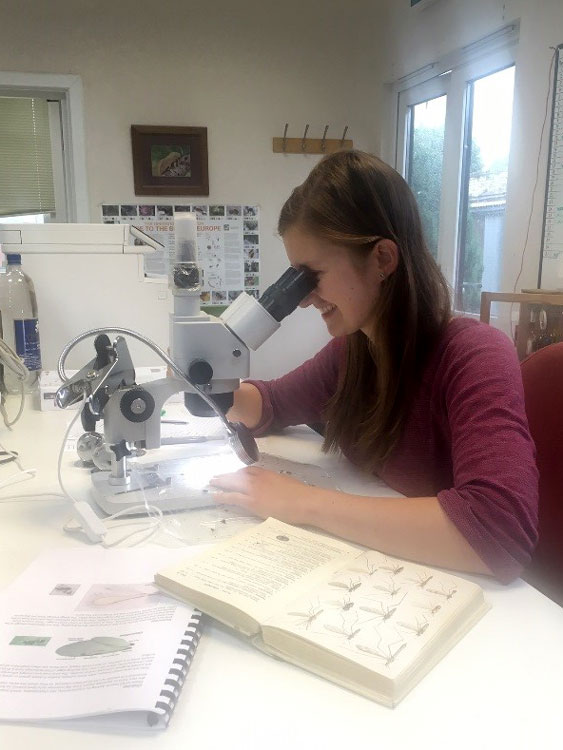
Echolocation

Sounds produced by the common pipistrelle far exceed the range of human hearing. However, their calls can be picked up by a bat detector between 45 and 70kHz, depending on the type of call. Social calls emitted by the common pipistrelle are distinctive and usually comprise 4-5 clicks followed by deeper slaps, reaching the peak intensity of the call, which can be heard around 45kHz. Similar in sound to the common pipistrelle, a soprano pipistrelle will produce higher frequencies between 55 to 80kHz.
Distribution, protection and conservation
Unsurprisingly, the common pipistrelle is widely distributed throughout the UK and their range extends further than that of the soprano to northern parts of Scotland. Bats within the UK are legally protected along with their roosts by both domestic and international legislation. Although the common and soprano pipistrelle are considered ‘Least Concern’ on the IUCN’s Red List, their numbers have declined in recent decades. The AgriBats team aim to better understand the value of potential pipistrelle foraging sites on farmland in the hope of reversing this decline.

